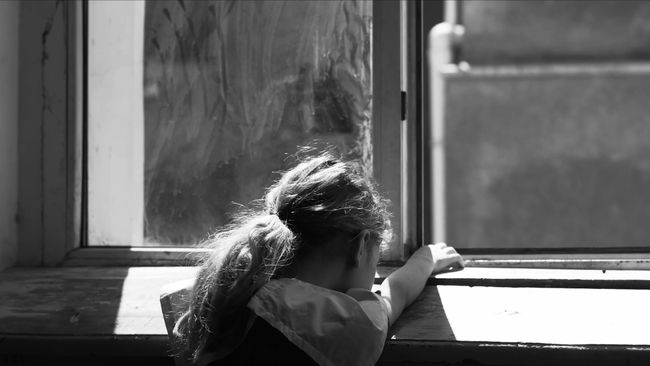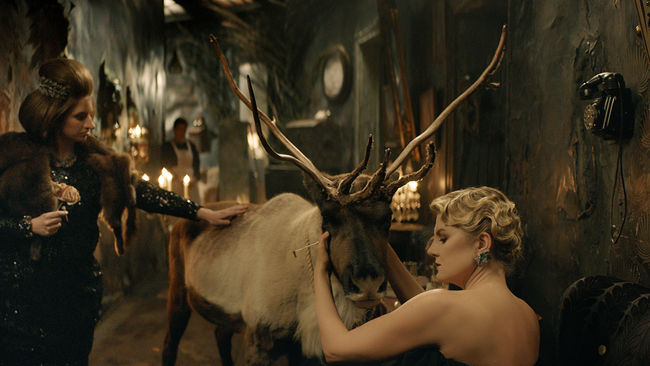Les Sorcières de l'Orient
28 January 2021
For each of the features in competition, IFFR asked a critic, writer, academic or programmer to write a short reflection in a personal capacity. The resulting series of ‘Appreciations’ aims to encourage viewers − and filmmakers − at a time when there is no physical festival. Stéphane du Mesnildot shines a light on Les Sorcières de l'Orient.
Seeing the four obachan (grandmothers) together, chatting happily in a restaurant, who would suspect that they were once the most famous Japanese sportswomen of their time? Julien Faraut, director of the masterful L’empire de la perfection (2018) devoted to tennis player John McEnroe, is interested here in other champions, much less known in the West: the ‘Witches of the East’, a women’s volleyball team that won the gold medal at the Olympic Games in Tokyo in 1964. Symbolising a Japan that would show the world its dynamism, and drawing a line under the dark years of war, they came from the working class. To be more precise, from a Kaizuka textile factory in Osaka prefecture.
Julien Faraut brings to light the reality of the training behind this blazing course of 258 victories. After their working day at the factory, these young girls, barely out of their teens, tested their bodies and their reflexes with an iron discipline. Just look at them, in fascinating archive footage, being bombarded relentlessly by their trainer! The filmmaker is clearly and justly interested in the images themselves, as signs of Japan’s transformation towards mass media. From workers, young girls are transformed into sportswomen, then into manga characters and finally into cartoon characters. Until then, manga specialising in sports had been reserved for boys, often centred around baseball. It was through the exploits of these volleyball players that girls could imagine themselves as heroines of a world event.
The influence of the Witches of the East on Japanese society and pop culture therefore goes beyond sport. In a lively montage, Faraut mixes images of matches with those of the cartoons, fusing the players and their drawn representations. The young girls, however, seem impervious to this ‘starification’, all their efforts being concentrated on the few square metres in the stadium. The filmmaker respects their ethics. He does not expose their privacy, seeing them foremost as a team and a group of friends.
Although musically and visually Les Sorcières de l’Orient is extremely sophisticated, the filmmaker also knows how to step aside in the decisive match of the Olympics. It’s such a pleasure to relive the great moments of the clash against the Russian team, enhanced by our new knowledge, recognising their faces and nicknames.
There is another facet of this fascinating documentary: the personality of their trainer, Hirofumi Daimatsu, nicknamed ‘Daimatsu the demon’, who is as tough and demanding as a master of martial arts. A World War II veteran, Daimatsu had managed to survive in the Burmese jungle for weeks without losing one man from his battalion. No doubt it is this combative spirit of solidarity that he transmitted to his team. And so, the victory of the Witches of the East anticipates the cultural and industrial wars that the Japan of the economic miracle would wage in the second half of the 20th century.
Stéphane du Mesnildot is a journalist for Tempura magazine and essayist.
Appreciations
‘Appreciations’ aims to encourage viewers − and filmmakers − at a time when there is no physical festival. Discover more short reflections on the features in competition.



